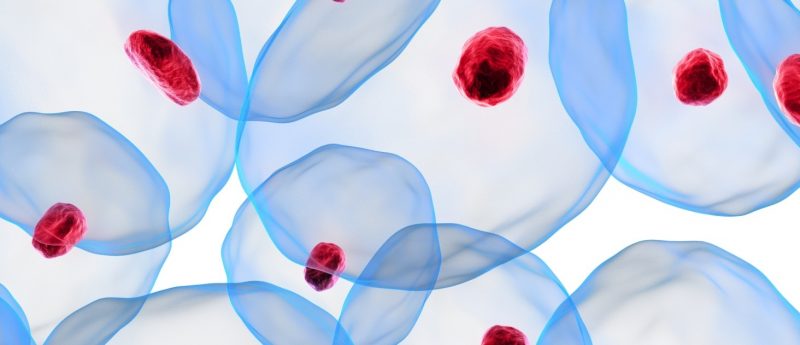Regulation of stem cell fate by nanomaterial substrates

New advances in these fields are presented in this review by Mashinchian et al. in the Special Focus Issue ‘Engineering the nanoenvironment for regenerative medicine.’ Stem cells are increasingly studied because of their potential to underpin a range of novel therapies, including regenerative strategies, cell type-specific therapy and tissue repair, among others. Bionanomaterials can mimic the stem cell environment and modulate stem cell differentiation and proliferation. New advances in these fields are presented in this review by Mashinchian et al. in the Special Focus Issue ‘Engineering the nanoenvironment for regenerative medicine.’ This work highlights the importance of topography and elasticity...